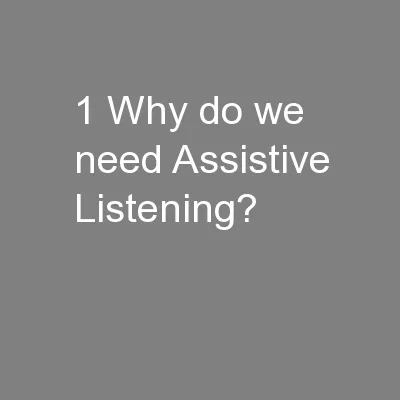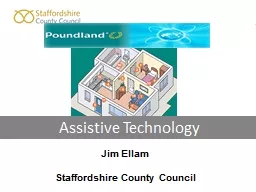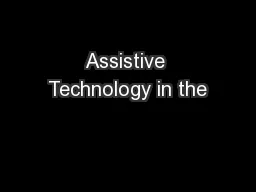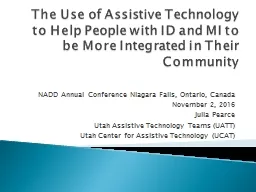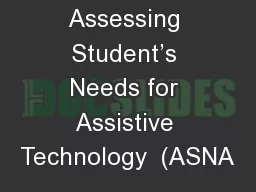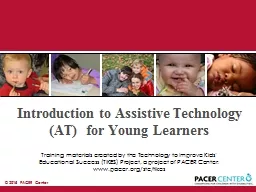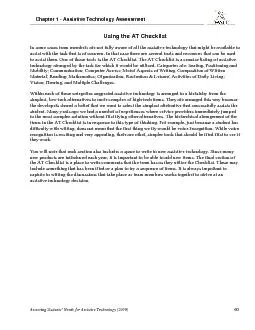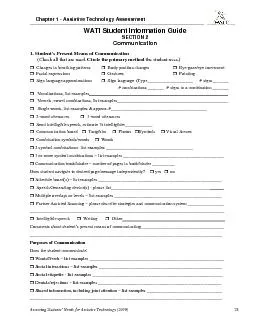PPT-1 Why do we need Assistive Listening?
Author : jane-oiler | Published Date : 2016-07-04
User Interface Options Transmission Options Examples of ALDs and ALSs Finding and Using ALDs and ALSs Latest Stuff Recommendations ALD Introduction 2 Hearing Aids
Presentation Embed Code
Download Presentation
Download Presentation The PPT/PDF document "1 Why do we need Assistive Listening?" is the property of its rightful owner. Permission is granted to download and print the materials on this website for personal, non-commercial use only, and to display it on your personal computer provided you do not modify the materials and that you retain all copyright notices contained in the materials. By downloading content from our website, you accept the terms of this agreement.
1 Why do we need Assistive Listening?: Transcript
Download Rules Of Document
"1 Why do we need Assistive Listening?"The content belongs to its owner. You may download and print it for personal use, without modification, and keep all copyright notices. By downloading, you agree to these terms.
Related Documents

